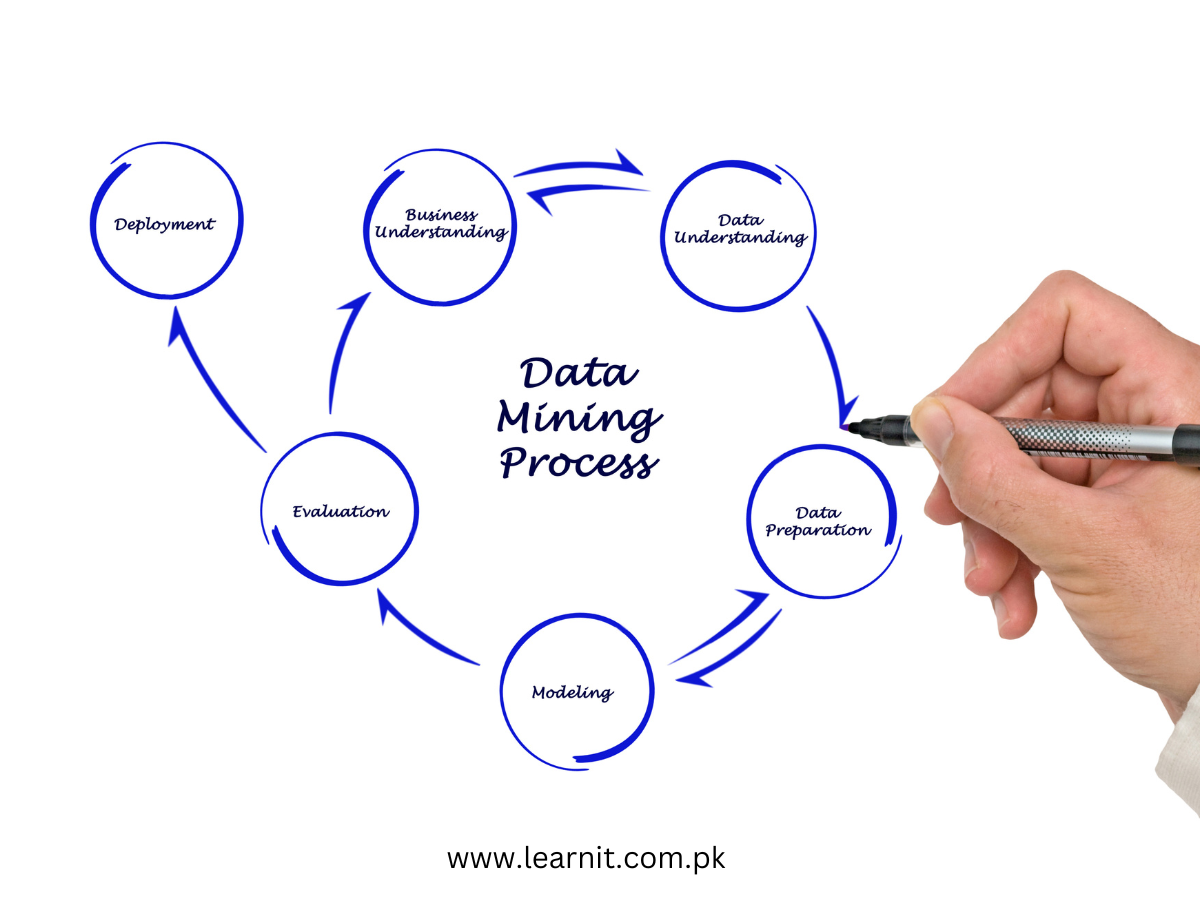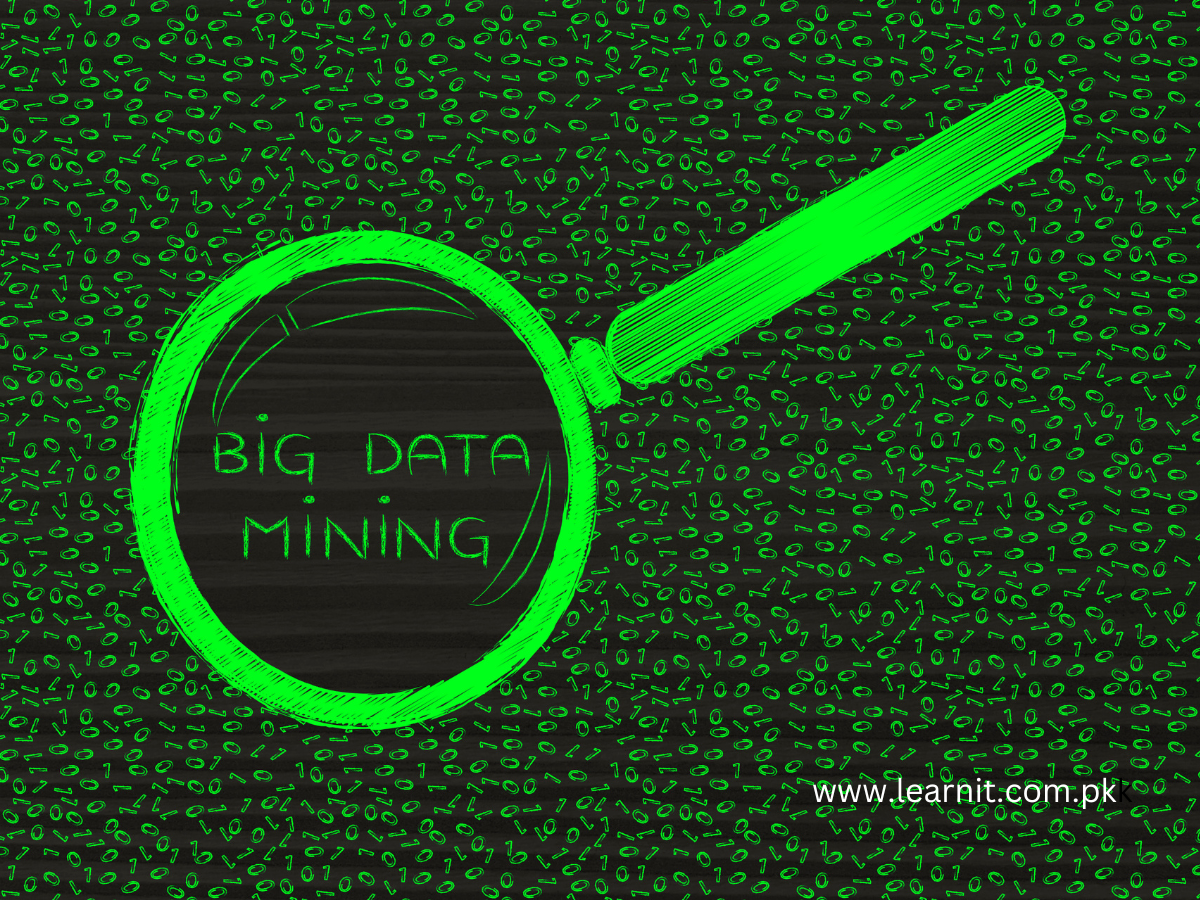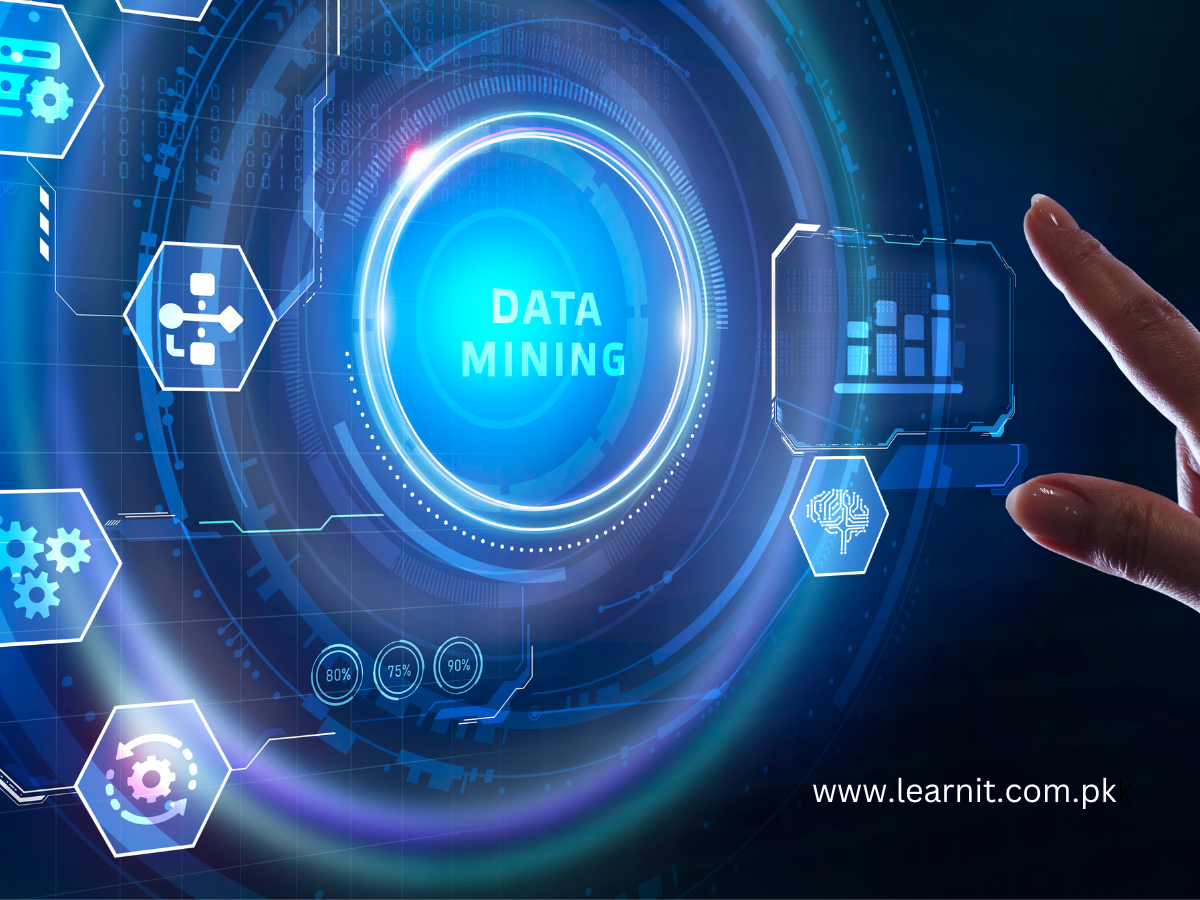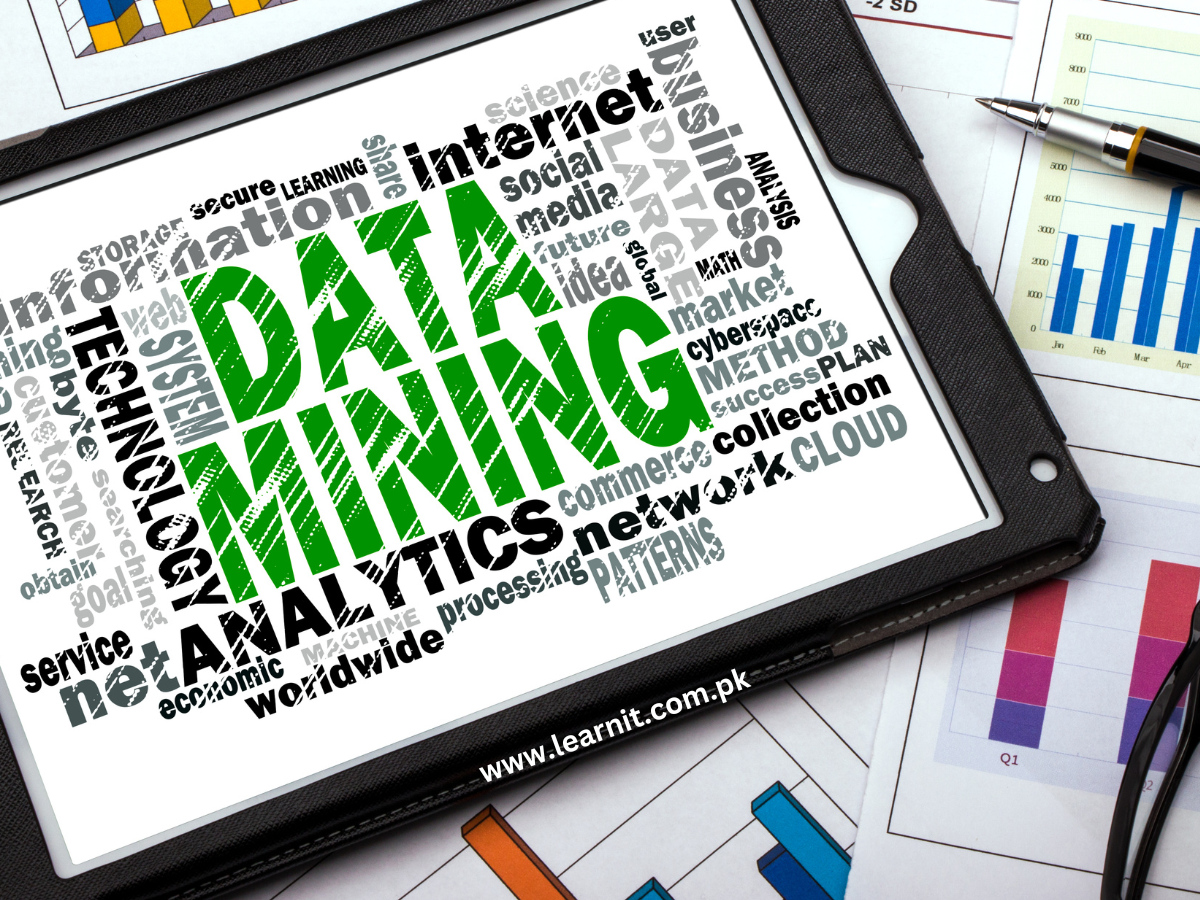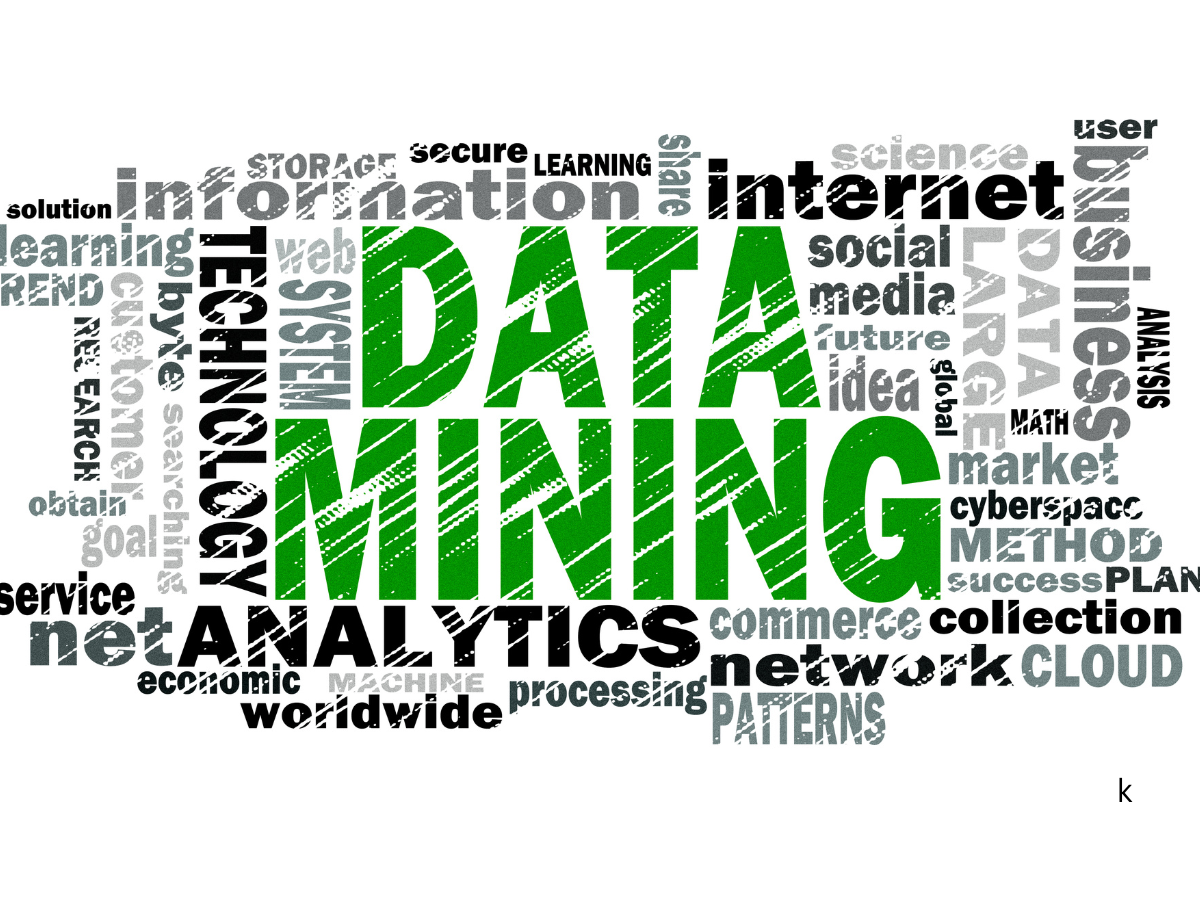Data types | 30 best mining data types in 2023

Data mining, a powerful process of extracting valuable insights and patterns from vast datasets, encompasses a diverse range of data types that can be harnessed to drive informed decision-making and unlock hidden opportunities. From transactional data in the retail sector to genomics data in medical research, and from social media sentiments to sensor data in industrial operations, data mining explores various sources of information to reveal meaningful patterns and relationships. By employing advanced algorithms and techniques, data mining unleashes the potential of structured and unstructured data, including text, images, audio, and more. This introductory paragraph delves into the broad spectrum of data that can be mined through data mining, showcasing its versatility and applicability across diverse industries and domains.
Data mining can be applied to various types of data in real-life scenarios. Here are 30 examples of the types of data that can be mined using data mining techniques:

Transactional data type:
Introduction: Transactional data includes records of customer purchases and interactions with businesses. Analyzing this data allows companies to gain insights into customer behavior and preferences, enabling them to tailor products and services to meet customer demands effectively.
Real-life Example: A retail store uses data mining to analyze transactional data, identifying popular products and customer preferences. Based on these insights, the store offers personalized discounts and product recommendations to customers, resulting in increased sales and customer loyalty.
Customer Demographics data types:
Introduction: Customer demographics refer to information about the characteristics of a target audience, such as age, gender, location, and income. By understanding customer demographics, businesses can create targeted marketing campaigns and provide personalized experiences.
Real-life Example: An online streaming platform analyzes customer demographics to curate content recommendations based on users’ age groups and regions. This approach enhances user engagement and ensures that viewers receive content that aligns with their interests.
Website Clickstream data type:
Introduction: Website clickstream data tracks users’ interactions with a website, including pages visited, time spent on each page, and the sequence of clicks. Analyzing clickstream data helps businesses optimize website design and improve user experience.
Real-life Example: An e-commerce website uses clickstream data to identify user behavior patterns and optimize the checkout process. By reducing friction in the purchase journey, the website increases conversion rates and drives sales.
Social Media Data type:
Introduction: Social media data encompasses user-generated content and interactions on social platforms. Analyzing social media data provides businesses with valuable insights into customer sentiments, brand perception, and market trends.
Real-life Example: A marketing agency mines social media data to gauge customer sentiments towards a brand and competitors. The agency then adjusts marketing strategies to resonate better with the target audience, leading to increased brand engagement and customer satisfaction.
Sensor data type:
Introduction: Sensor data is collected from various IoT devices and sensors. It helps businesses monitor and control processes, predict equipment failures, and optimize operations.
Real-life Example: An industrial manufacturing plant uses sensor data to predict machine failures proactively. By scheduling maintenance based on predictive insights, the plant minimizes downtime, reduces maintenance costs, and improves overall efficiency.
Text data type:
Introduction: Text data includes unstructured textual information from sources like customer feedback, reviews, and support tickets. Analyzing text data allows businesses to extract valuable insights and sentiments.
Real-life Example: A customer support team analyzes text data from customer feedback to identify recurring issues and improve service quality. By addressing customer concerns effectively, the company enhances customer satisfaction and loyalty.
Image Data:
Introduction: Image data involves visual content captured from various sources. Image mining enables businesses to recognize objects, patterns, and visual information for diverse applications.
Real-life Example: An autonomous vehicle uses image mining to recognize traffic signs, pedestrians, and other objects on the road. This capability ensures safe navigation and contributes to the development of self-driving technology.
Audio Data:
Introduction: Audio data includes sound recordings and voice interactions. Audio mining converts audio into text or extracts valuable insights from audio content.
Real-life Example: A voice recognition system uses audio mining to convert speech into text for voice-enabled applications. This enables seamless communication and hands-free interactions with devices.
Geospatial Data:
Introduction: Geospatial data involves location-based information, such as GPS coordinates and geographic boundaries. Analyzing geospatial data aids in optimizing routes, analyzing patterns, and making location-based decisions.
Real-life Example: A food delivery service optimizes delivery routes using geospatial data. By minimizing travel time and costs, the service enhances customer satisfaction and operational efficiency.
Genomic Data:
Introduction: Genomic data involves information about genes and genetic variations. Analyzing genomic data is critical in medical research and personalized medicine.
Real-life Example: A pharmaceutical company analyzes genomic data to identify potential drug targets and develop personalized medicine for specific genetic profiles, leading to more effective and tailored treatments.
Web Usage Data:
Introduction: Web usage data tracks user interactions with websites and online platforms. Analyzing web usage data helps businesses understand user behavior, optimize content, and improve user experience.
Real-life Example: A content website uses web usage mining to analyze user behavior, such as page views and click-through rates. By understanding user preferences, the website can optimize content placement and layout to increase user engagement.
Weather Data:
Introduction: Weather data includes information about atmospheric conditions, temperature, and precipitation. Analyzing weather data has various applications in agriculture, transportation, and disaster management.
Real-life Example: An agriculture company mines weather data to optimize irrigation schedules and crop management practices. By aligning irrigation with weather conditions, the company conserves water and maximizes crop yields.
Log Data:
Introduction: Log data records events and activities in IT systems and networks. Analyzing log data is crucial for detecting anomalies, monitoring system health, and enhancing cybersecurity.
Real-life Example: An IT team analyzes log data to detect potential cybersecurity threats and prevent data breaches. By proactively identifying suspicious activities, the team can strengthen the organization’s security measures.
Call Center Data:
Introduction: Call center data contains information about customer interactions with customer support representatives. Analyzing call center data helps businesses improve customer service and identify areas for training.
Real-life Example: A telecommunications company mines call center data to measure customer service response times and identify training needs for agents. This approach leads to improved customer satisfaction and a more skilled support team.
Health Records:
Introduction: Health records consist of electronic health records and medical data of patients. Analyzing health records is essential for medical research, diagnosis, and treatment planning.
Real-life Example: Medical researchers analyze electronic health records to study disease trends and treatment effectiveness. These insights contribute to advancements in medical knowledge and patient care.
Financial Data:
Introduction: Financial data includes information about financial transactions, investments, and economic indicators. Analyzing financial data is crucial for fraud detection, risk assessment, and market analysis.
Real-life Example: A bank uses financial data mining to detect fraudulent transactions and assess credit risk for loan approvals. This approach ensures secure financial transactions and responsible lending practices.
Environmental Data:
Introduction: Environmental data includes information about environmental factors, pollution levels, and ecological systems. Analyzing environmental data helps understand the impact of human activities on the environment.
Real-life Example: Environmentalists analyze environmental data to study the impact of human activities on ecosystems and design conservation strategies to protect biodiversity and natural resources.
Crime Data:
Introduction: Crime data records information about criminal activities and incidents. Analyzing crime data helps law enforcement agencies identify crime patterns and allocate resources effectively.
Real-life Example: Law enforcement agencies mine crime data to identify crime hotspots and allocate patrol units accordingly. This proactive approach contributes to crime prevention and community safety.
Sports Data:
Introduction: Sports data includes information about player performance, match statistics, and game outcomes. Analyzing sports data helps sports teams optimize strategies and player selection.
Real-life Example: A sports team uses sports analytics to analyze player performance and strategize for games. This approach improves the team’s performance and competitive advantage.
Human Resources Data:
Introduction: Human resources data includes information about employees’ skills, performance, and work history. Analyzing human resources data helps organizations manage talent effectively.
Real-life Example: An HR department analyzes employee data to identify skill gaps and implement training programs. This approach fosters professional growth and employee development.
Education Data:
Introduction: Education data includes student performance records and learning outcomes. Analyzing education data helps educational institutions personalize learning experiences.
Real-life Example: Educational institutions analyze student performance data to tailor learning experiences and support individual student needs, leading to improved academic outcomes.
Flight Data:
Introduction: Flight data includes information about aircraft operations, flight routes, and fuel consumption. Analyzing flight data is essential for optimizing airline operations.
Real-life Example: An airline analyzes flight data to optimize fuel consumption and flight routes. This approach enhances operational efficiency and reduces operating costs.
Social Network Data:
Introduction: Social network data includes information about social interactions, connections, and user behavior on social platforms. Analyzing social network data helps understand social dynamics and user engagement.
Real-life Example: A social media platform uses social network mining to recommend connections and content to users. This approach enhances user engagement and satisfaction.
Travel Data:
Introduction: Travel data includes information about travel itineraries, booking preferences, and travel patterns. Analyzing travel data helps businesses personalize travel recommendations.
Real-life Example: A travel agency uses travel data mining to recommend personalized travel itineraries to customers. This approach enhances travel experiences and customer satisfaction.
Marketing Campaign Data:
Introduction: Marketing campaign data includes information about campaign performance, customer responses, and marketing channels. Analyzing marketing campaign data helps measure campaign success and optimize marketing strategies.
Real-life Example: A marketing team analyzes campaign data to measure the success of marketing efforts and adjust strategies accordingly. This approach maximizes ROI and campaign effectiveness.
Hospitality Data:
Introduction: Hospitality data includes information about guest preferences, bookings, and hotel operations. Analyzing hospitality data helps improve guest experiences and loyalty programs.
Real-life Example: A hotel chain analyzes hospitality data to enhance guest experiences and loyalty programs. This approach increases customer satisfaction and repeat bookings.
Insurance Claims Data:
Introduction: Insurance claims data includes information about policyholders, claims history, and risk assessments. Analyzing insurance claims data helps detect fraudulent claims and assess risk profiles.
Real-life Example: An insurance company uses data mining to detect fraudulent claims and assess risk profiles for policyholders. This approach promotes fair insurance practices and minimizes financial losses.
Internet Search Data:
Introduction: Internet search data includes information about user search queries, search results, and user behavior on search engines. Analyzing search data helps improve search result relevance and user experience.
Real-life Example: Search engines use search data mining to improve search result relevance and user experience. This approach ensures that users find relevant information quickly and efficiently.
Inventory Data:
Introduction: Inventory data includes information about stock levels, product availability, and sales trends. Analyzing inventory data helps businesses optimize stock management and prevent stockouts.
Real-life Example: Retailers analyze inventory data to optimize stock levels and prevent stockouts. This approach ensures a steady supply of products and minimizes revenue loss.
Product Reviews Data:
Introduction: Product reviews data includes customer feedback, ratings, and sentiments about products. Analyzing product reviews helps businesses identify areas for improvement and enhance product features.
Real-life Example: Product manufacturers analyze product reviews to identify areas for improvement and enhance product features. This approach leads to better product quality and increased customer satisfaction.
Conclusions:
These real-life examples illustrate how data mining is applied across various industries and domains to unlock valuable insights, optimize operations, and make data-driven decisions. By harnessing diverse data types, businesses can gain a competitive edge and deliver exceptional customer experiences.

